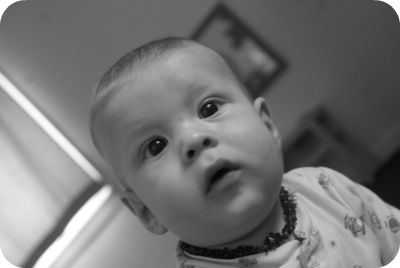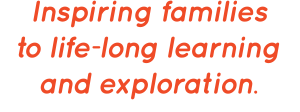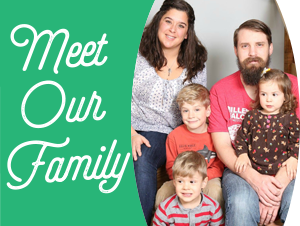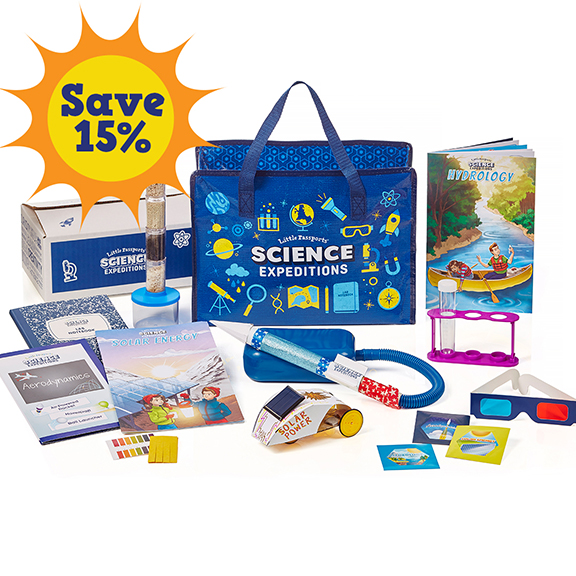“The first aim of the prepared environment is, as far as it is possible, to render the growing child independent of the adult. ”
Maria Montessori, The Secret of Childhood (267)
The Prepared Environment
The prepared environment is designed so that the child has the maximum ability for learning and exploration. The phrase ‘prepared environment’ refers to a well-thought out environment, classroom or home, designed with the child in mind. The goal of the prepared environment is to foster independence in the child.
The six principles of the prepared environment are freedom, structure and order, beauty, nature and reality, social environment, and intellectual environment.
Principles of a Prepared Environment
Freedom in the prepared environment involves freedom of movement, exploration, social interaction, and interference from others all of which lead to freedom of choice.
Structure and order reflects that which is found in the universe and allows the child to internalize the order around him and is able to draw conclusions of the world around him.
The prepared environment should also be beautiful, simple, well-maintained, and inviting to the learner.
Nature inspires children and natural materials are preferred to any others. Reality is also key. Objects should be real and child-size, so that the child is actually able to use the materials and complete a task without frustration.
The prepared environment is also a social environment allowing the children freedom to interact through work and play with others, developing empathy and compassion, and becoming socially aware.
Finally, the prepared environment is an intellectual environment which is the culmination of the five preceding principles through which the the whole personality of the child is developed.
The Importance of a Prepared Environment
Without the preparation of the environment the child does not have an ordered place in which to begin his exploration. This doesn’t mean that a child can’t or won’t learn, but the environment will not be carefully designed and suited to his growing abilities and needs. Having this prepared environment sets order to the child’s world and opens up a place of discovery that is inviting and stimulating.
Our Prepared Environment
One of the reasons why I love the concept of the prepared environment is that I can’t function in disorder. It’s really a personal thing. I’m very much an “everything has it’s place” type of person. When there’s a lot of clutter sitting around my house, I can become easily flustered because I don’t know what to do first or where something is and, for me, it can be a little overwhelming.
I know that I function best and am most productive in an environment that is prepared. When I know where my office supplies are, recent receipts, what’s for dinner, where the winter clothes are stored, etc.–so wouldn’t it make sense that a child is most productive in an environment prepared especially for them?
A Child’s Perspective
Just think for a moment from the perspective of a young child:
All your furniture is a foot or two over your head. You can’t reach the counter. You can’t even pour a cup of water for yourself, because both the refrigerator door and water pitcher are too heavy. Never mind reaching the glass in the cupboard. You can’t climb into bed yourself, you have to be carried or hop up a few steps. While eating your chin barely makes it above the table and while the couch looks inviting for a little tot it’s no easy task. Even your clothes are out of reach, hanging in the closet or in dresser drawers out of reach.
A prepared environment for a child not only enables them to be more productive in their learning and exploration, but tells the child that are important. Their needs and abilities have been taken into consideration and they live and work in a place where they can succeed, not only in their scholastic endeavors but in those activities that are practical to everyday life!
I’ve shared how we have arranged our home, room by room, to be a prepared environment for our two boys. There is no black and white. Please keep in mind that what works for our family may not work for yours. A prepared environment will differ with each family based on the child’s own needs and development as well as family practices and the home itself.
How do you incorporate the ideas of a prepared environment in your home?
Looking for more on the prepared environment?































3 comments… add one
I really appreciate what you’ve written here. This is a very sore subject for me. This year the clutter in our home has mounted little by little every day, despite my best efforts and hard work to avoid it. The one room that has maintained the most order is our 1 year old daughter’s room but her closet is packed to the gills with my Montessori equipment/albums and her hand-me-down clothes, baby equipment such as the Moses basket, mobiles and toys. I have always found a way to creatively keep my home organized but ever since I married, that has changed and now it’s to a drastic point.
I wrote a similar paper on the prepared environment in 2006 when I was being trained to work in Montessori classrooms. I have seen it benefit children to have an organized but alive environment, carefully being updated in response to the children’s needs. It’s also invigorating for the adult to be interactive in this way. As I sit here typing in my most cluttered, barely functioning office though, I’m embarrassed but am certain that I’m not alone. For now, I know that we are giving our daughter the best that we can afford. Come next winter I intend to use our tax refund to invest in shelving, counter tops and cupboards to address this issue. My husband is on board with this but I’ve learned that “life happens when you’re busy making plans”.
Last year before Eva was born we set up as much of a prepared environment as we could and it worked for us for most of her 1st year. Now that she’s a toddler though it’s a whole different ball of wax. Everything that was child-proof is not. She can climb, reach and test everything that interests her. In her first year I found that constant rearranging of her environment was needed. At first we had her floor bed on a wall that was very cold so we later moved it to an inside wall. The sofa rocking chair was very useful for our nursing routine until around month 3 then I realized that it lessened her reflux when I nursed her on her bed only. So then that chair and footstool were moved into the living room and it freed up floor space in her room.
Thank you for beginning this dialogue. I look forward to your posts about your boys’ rooms. Have you seen: http://themontessorichildathome.blogspot.com/ ? It’s one of my favorite blogs about the Montessori home environment.
Charissa – I completely understand. I have organized and reorganized my boy’s closet so many times! We’re actually in the process of changing up their closet again! As for keeping the environment prepared for their ever-changing needs and development, just do what you can when you can. There is so much out there for Montessori environments—it can get expensive & bring out the “grass is always greener” syndrome.
I hadn’t seen that blog yet! Thanks for sharing it. I’ll have to bookmark it. 🙂
Its very knowledgeable for me im so thankful i learn too many things just coz ov u…thanx alot